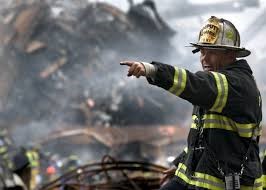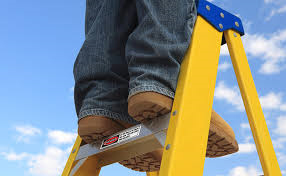- Category: Blog

When a first responder enters a burning building, whether it’s an office building, warehouse, hospital, or any other structure, there is immediately an array of dangers that must be faced. Some are obvious; fire, smoke, weakened structures. But there is also another factor that can imperil a first responder’s life… the inability to communicate with each other and with the outside world.
When an emergency arises, it’s imperative that first responders are able to communicate with each other inside your building and with their command staff outside the building, through the use of their two-way radios. Unfortunately, many buildings have areas where the signal strength for these systems isn’t strong enough to ensure they’ll work properly. This can occur due to the building materials, architectural design, construction features (Low-E windows), and overall size, all of which can absorb or block radio communications. As a result, buildings that do not have complete coverage in certain places are at risk of emergency responders not being able to communicate.
Fortunately, there are now ways to make sure emergency personnel can keep on top of what’s going on, and be able to communicate with important parties both inside and outside a disaster.





